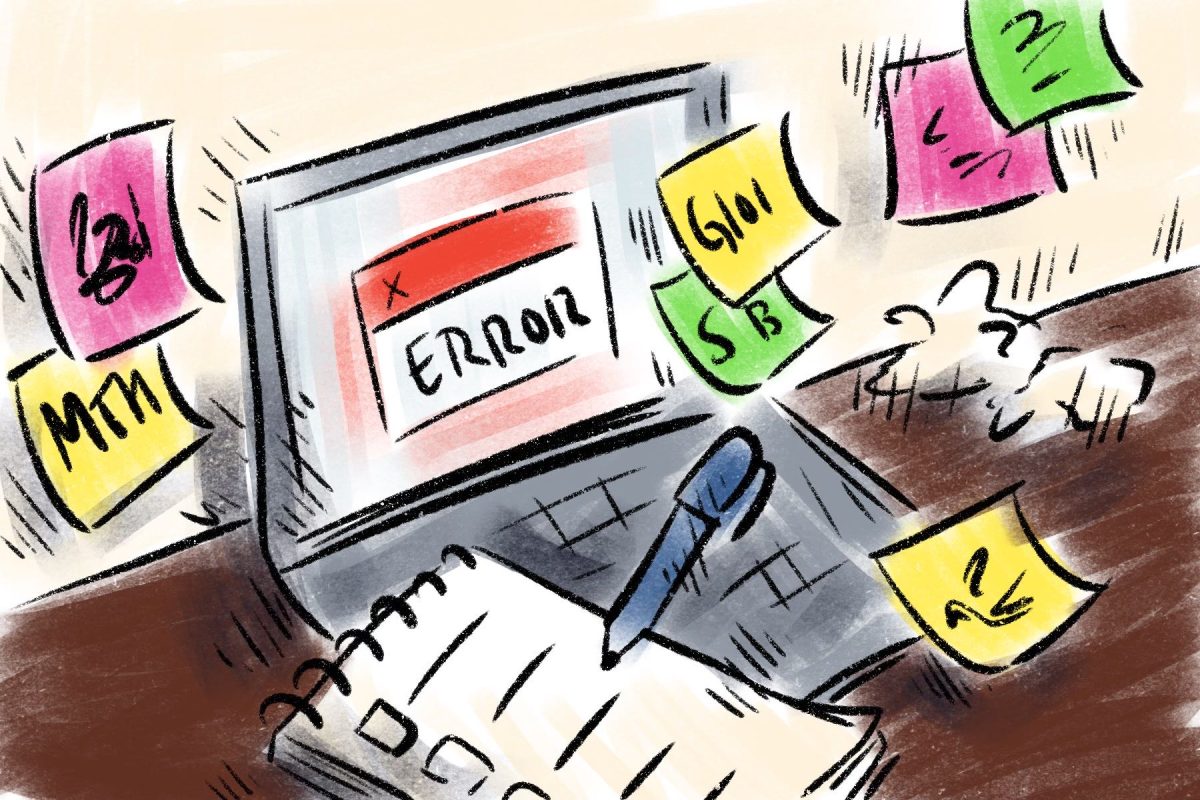Coal produced 39 percent of electricity in the United States in 2013, producing more than any other source, the Energy Information Administration reports. However, nuclear power, currently generating 19 percent of America’s electricity, is a strong candidate to replace coal, and would be a great boon to the environment, the economy and the health of America’s citizens.
Nuclear energy is more environmentally friendly than coal. According to the Clean Air Council, the use of coal for power causes 40 percent of America’s carbon dioxide pollution. The EIA reports that the use of coal also produces sulfur dioxide and nitrogen oxides, which are major causes of acid rain and smog. Nuclear energy does some damage to the environment through radioactive emissions, but even in this aspect, coal causes more damage than nuclear energy. According to Scientific American, if a nuclear power plant and coal-fired plant created energy at an equal rate, fly ash produced by the burning coal would hold 100 times more radiation than emissions from the nuclear power plant.
Nuclear power can also produce as much energy as coal, perhaps even more. According to the EIA, in 2013, 924.8 million tons of coal, or around 1.7 trillion kilowatt hours of energy, were used. The EIA reports that there are 100 nuclear reactors in the US. The reactor with the least energy output, the Fort Calhoun reactor, can produce around 12 million KWh of energy if run for 24 hours. These 100 reactors cannot produce as much energy in a year as the yearly coal yield. However, if there were 581 reactors, the same number of coal-fired power plants, and they produced energy at the same rate as the Fort Calhoun reactor, it would take the reactors around 292 24-hour days to produce 1.7 trillion kWh of energy.
Coal as a power source is often defended because it provides employment for American workers. Nuclear power, however, provides even more American jobs than coal does. According to the EIA, the coal industry employed 80,396 miners in 2015. According to the Nuclear Energy Institute, the nuclear power industry employed 120,000 people in 2009. These jobs vary from electric company workers to employees at power plant design firms. The operation of a single nuclear power plant creates 400 to 700 permanent jobs, including positions for engineers, carpenters and welders. In addition to these permanent jobs, the construction of a nuclear power plant creates 3,500 jobs at peak construction.
Finally, nuclear energy holds a negative reputation for being “dangerous,” but the coal industry causes many more fatalities than the nuclear power industry. From 1971 to 2009, a range of years that includes the Chernobyl and Three Mile Island incidents, only 4,900 deaths occurred worldwide due to nuclear power, based on calculations done in a study by James Hansen and Pushker Kharecha at the NASA Goddard Institute for Space Studies and Columbia University Earth Institute. Of these estimated deaths, 70 percent were due to air pollution, and the only fatalities caused by power plant fallout were the 43 lives taken by the Chernobyl accident. In those same years, 3,003 coal mining fatalities occurred in the U.S. alone, according to the Mine Safety and Health Administration. Forbes reports that the coal industry causes 15,000 deaths per trillion kilowatt hours produced in the U.S., whereas the nuclear power industry causes only 90 deaths worldwide per trillion kilowatt hours. The study done by Hansen and Pushker estimates that the use of nuclear power has prevented 1.84 million human deaths between 1971 and 2009.
There is no excuse to discredit nuclear power as a safe, efficient and economically beneficial source of energy. The nuclear industry employs more than coal, takes fewer lives than coal, is more environmentally friendly than coal and is capable of producing just as much, if not more, energy than coal.
TJ Parks is a freshman majoring in anthropology, journalism and history. His column runs biweekly.








